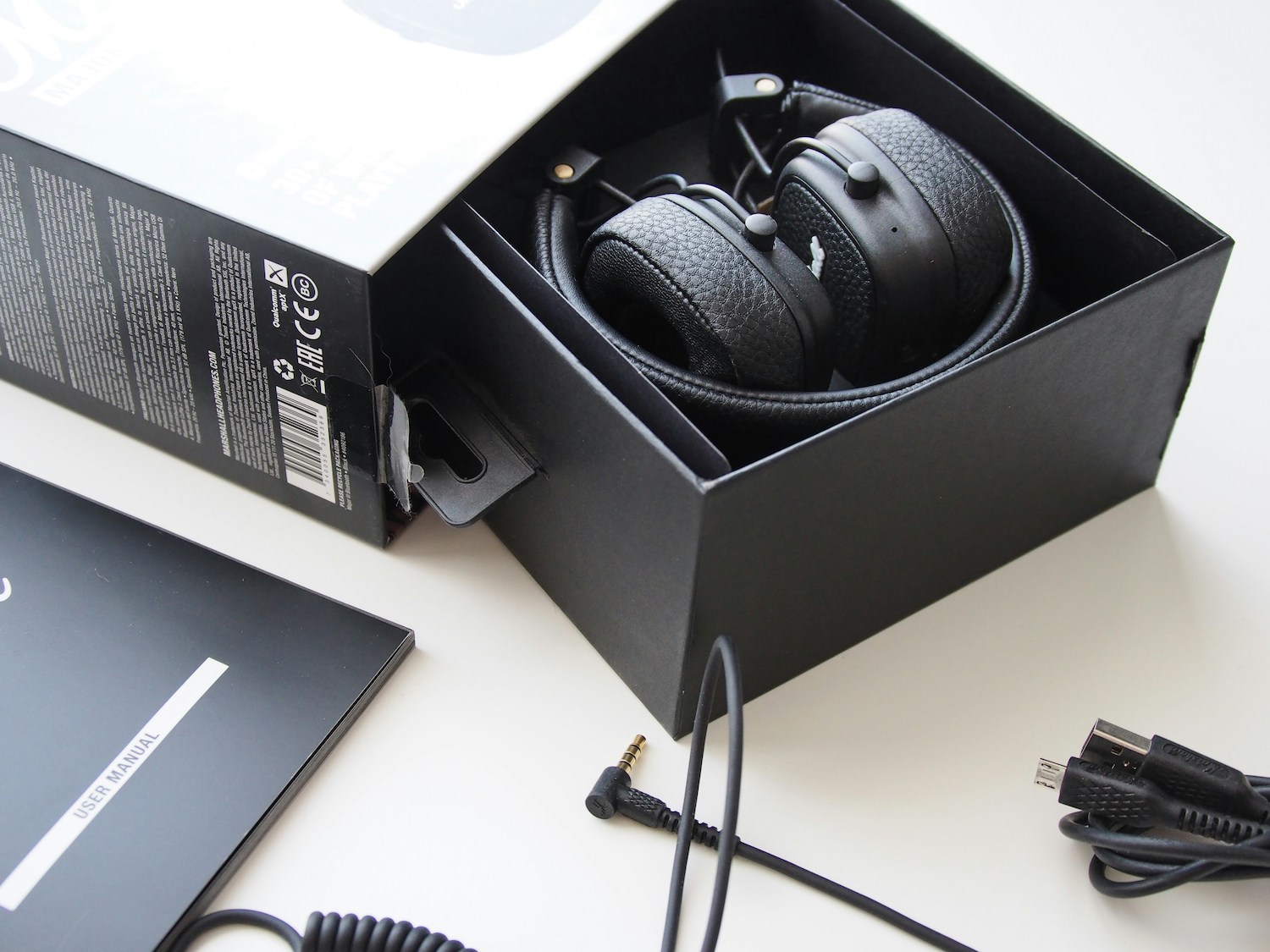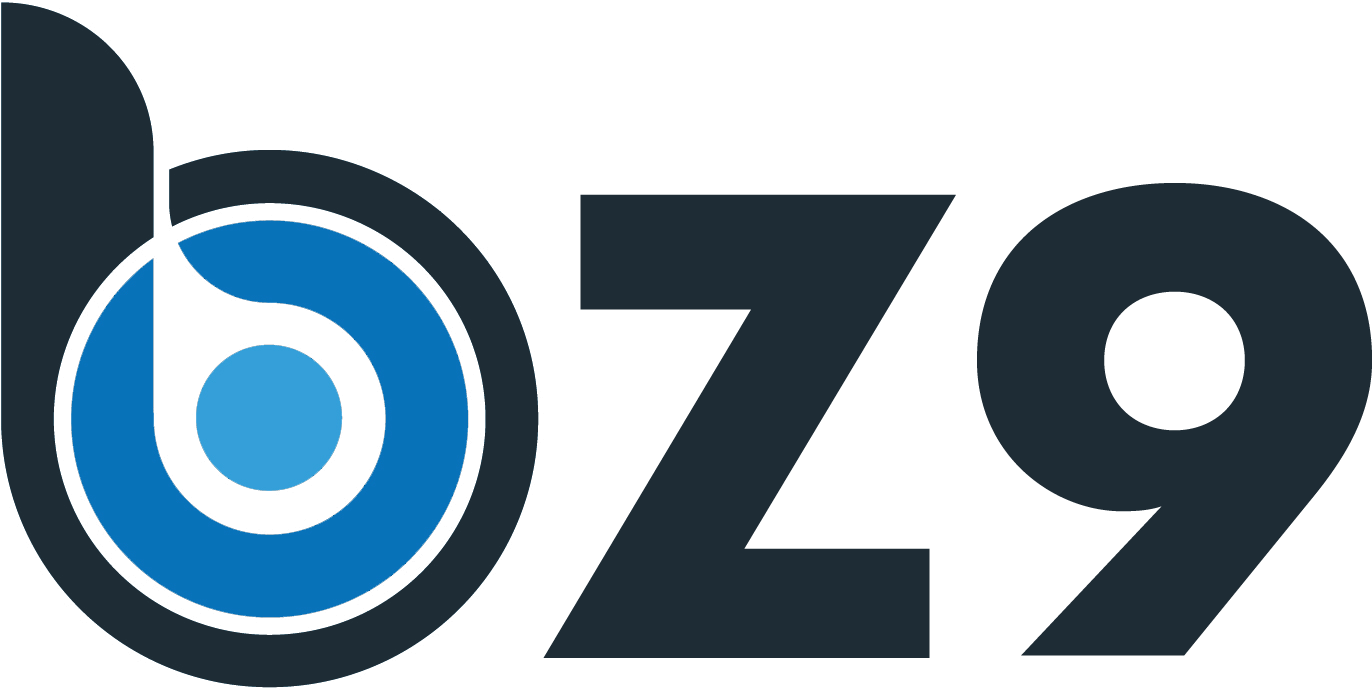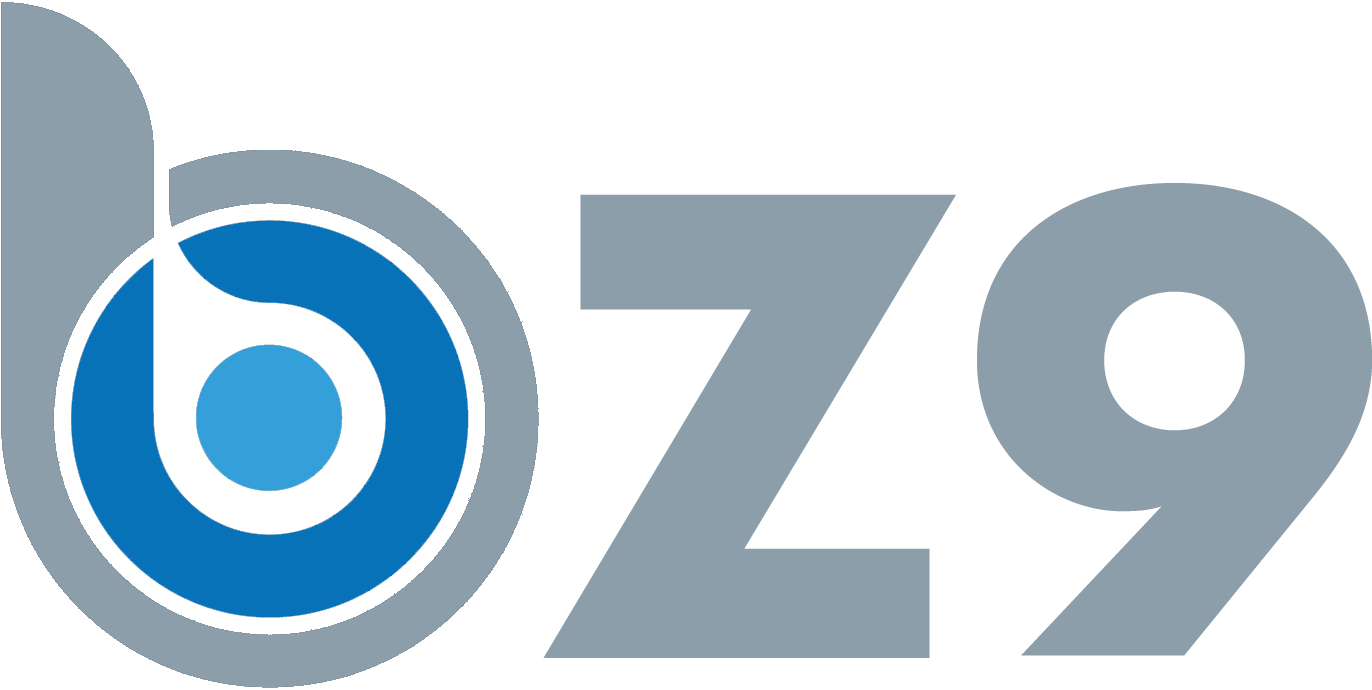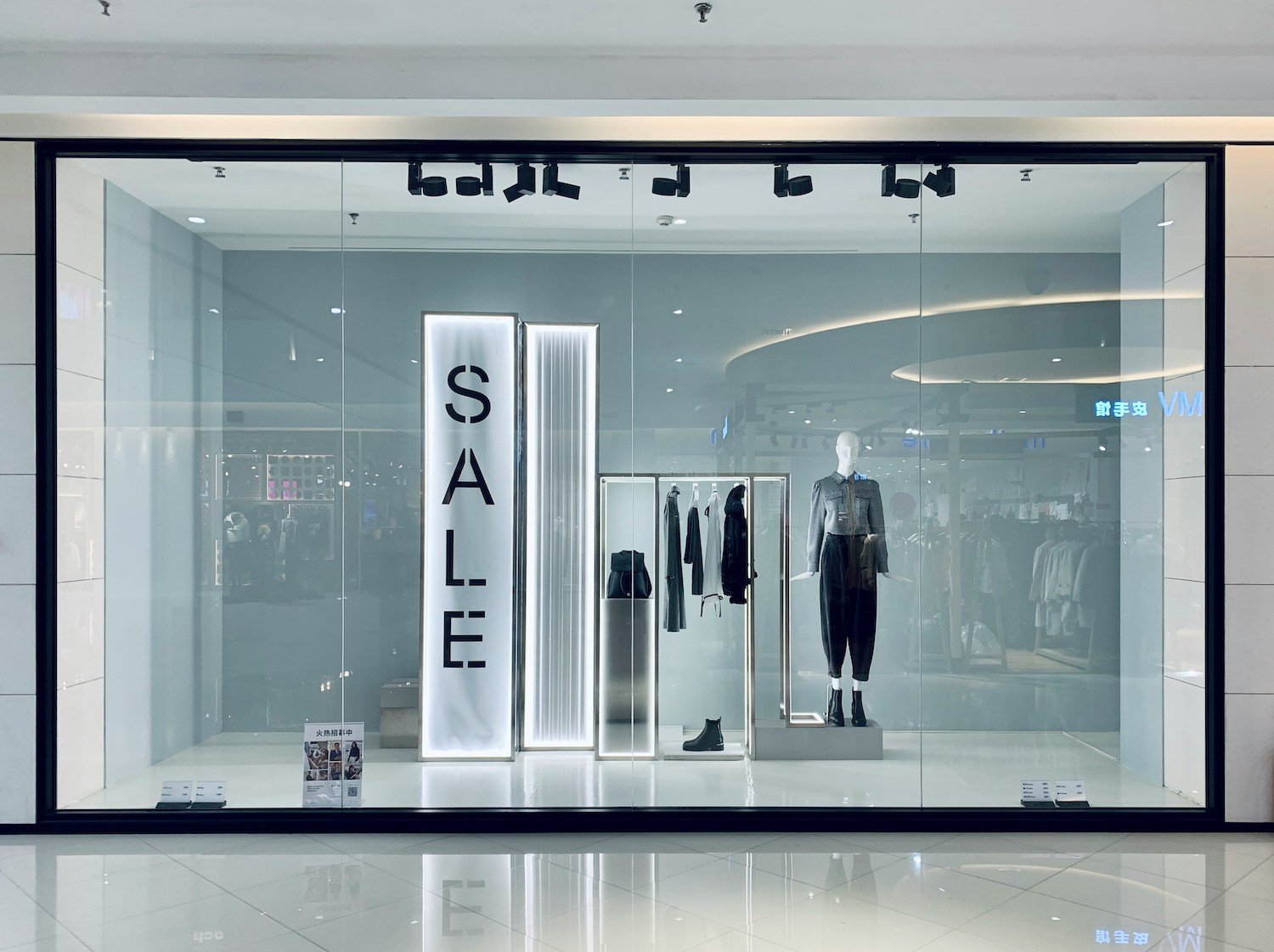
In the fast-paced world of product packaging and marketing, QR codes have emerged as a game-changer for labels and stickers. These small, square patterns of black and white pixels are transforming how businesses communicate with consumers, providing a bridge between physical products and digital information. Let's dive into the exciting ways QR codes are being used on labels and stickers, and how they're reshaping customer experiences.
The Power of QR Codes on Labels and Stickers
QR codes, short for Quick Response codes, have come a long way since their inception in the automotive industry. Today, they're a ubiquitous feature on products across various sectors, from food and beverages to cosmetics and electronics. But what makes them so powerful when applied to labels and stickers?
- Space-Saving Information Hub: Labels and stickers often have limited real estate, but QR codes can pack a wealth of information into a small area. By scanning the code, customers can access detailed product descriptions, ingredient lists, usage instructions, and more.
- Dynamic Content: Unlike printed information, QR codes can link to digital content that can be updated in real-time. This means businesses can keep their product information current without the need for reprinting labels.
- Enhanced Customer Engagement: QR codes can lead customers to interactive experiences, videos, or social media platforms, fostering a deeper connection with the brand.
- Trackable Marketing: By using unique QR codes, businesses can track which products are being scanned, where, and when, providing valuable insights into customer behavior.
Innovative Applications of QR Codes on Labels and Stickers
Let's explore some creative ways businesses are leveraging QR codes on their labels and stickers:
- Product Authentication: Luxury brands are using QR codes to combat counterfeiting. Customers can scan the code to verify the product's authenticity and learn about its origin.
- Nutritional Information: Food products are using QR codes to provide comprehensive nutritional data, allergen information, and even recipe suggestions.
- Assembly Instructions: Furniture and electronics companies are including QR codes that link to video tutorials, making assembly easier for customers.
- Sustainability Information: Eco-conscious brands are using QR codes to share details about their sustainability practices, recycling instructions, and the product's environmental impact.
- Augmented Reality Experiences: Some brands are creating AR experiences triggered by QR codes, allowing customers to visualize products in use or explore virtual environments.
- User Manuals: Instead of including bulky paper manuals, companies are providing digital versions accessible via QR codes on product labels.
- Reordering Simplification: For consumable products, QR codes can lead directly to reordering pages, streamlining the repurchase process.
- Customer Support: QR codes can connect customers directly to support channels, including chatbots, FAQs, or live customer service representatives.
Best Practices for Implementing QR Codes on Labels and Stickers
To make the most of QR codes on your labels and stickers, consider these best practices:
- Ensure Scannability: Place QR codes where they can be easily scanned, avoiding highly curved surfaces or areas likely to be damaged.
- Provide Context: Include a call-to-action or brief description of what customers will find when they scan the code.
- Mobile Optimization: Ensure the linked content is mobile-friendly, as most users will be scanning with smartphones.
- Test Thoroughly: Check the QR code's functionality across different devices and in various lighting conditions.
- Design Integration: Incorporate the QR code into your label or sticker design aesthetically, possibly using custom designs or colors that align with your brand.
- Value Addition: Ensure the content behind the QR code adds genuine value to the customer's experience with your product.
- Track and Analyze: Use analytics to understand how customers are interacting with your QR codes and refine your strategy accordingly.
Overcoming Challenges in QR Code Implementation
While QR codes offer numerous benefits, there are challenges to consider:
- Consumer Education: Not all customers may be familiar with QR codes. Consider including brief instructions on how to scan the code.
- Connectivity Issues: Some customers may not have internet access at the point of scanning. Provide alternative ways to access important information.
- Code Longevity: Ensure that the digital content linked to the QR code will be maintained for the product's lifetime.
- Privacy Concerns: Be transparent about data collection and usage to maintain customer trust.
- Design Limitations: Balancing the need for a scannable QR code with aesthetic considerations can be challenging.
The Future of QR Codes on Labels and Stickers
As technology continues to advance, we can expect to see even more innovative uses of QR codes on labels and stickers:
- NFC Integration: Combining QR codes with Near Field Communication (NFC) technology for seamless information transfer.
- Personalized Experiences: QR codes that lead to customized content based on the user's preferences or purchase history.
- Blockchain Verification: Using QR codes to access blockchain-verified information about a product's journey from manufacture to sale.
- Interactive Packaging: Labels and stickers with QR codes that change or animate when viewed through a smartphone camera.
- Voice-Activated Information: QR codes that, when scanned, provide audio information for visually impaired users or hands-free operation.
Case Studies: Success Stories of QR Codes on Labels and Stickers
Let's look at some real-world examples of businesses successfully implementing QR codes on their labels and stickers:
- Wine Industry Revolution: A California winery added QR codes to their bottle labels, providing customers with detailed information about the wine's origin, tasting notes, and food pairing suggestions. This resulted in a 25% increase in customer engagement and a 15% boost in sales.
- Cosmetics Transparency: A natural cosmetics brand used QR codes on their product labels to showcase their ingredient sourcing and manufacturing processes. This initiative led to a 30% increase in customer trust and a 20% rise in repeat purchases.
- Electronics Support Enhancement: A major electronics manufacturer included QR codes on product labels linking to setup videos and troubleshooting guides. This reduced customer support calls by 40% and improved overall customer satisfaction scores.
Implementing QR Codes: A Step-by-Step Guide
Ready to implement QR codes on your labels and stickers? Here's a simple guide to get you started:
- Define Your Goal: Determine what you want to achieve with your QR code (e.g., provide product information, boost engagement, simplify reordering).
- Create Your Content: Develop the digital content that your QR code will link to, ensuring it's valuable and mobile-friendly.
- Generate the QR Code: Use a reliable QR code generator, considering options for customization and tracking.
- Design Integration: Work with your design team to integrate the QR code into your label or sticker design aesthetically.
- Testing: Thoroughly test the QR code to ensure it scans properly and leads to the correct content.
- Printing: Use high-quality printing methods to ensure the QR code is crisp and easily scannable.
- Launch and Monitor: Implement your QR code-enhanced labels and stickers, and closely monitor their performance.
- Iterate and Improve: Based on the data you gather, refine your strategy and content to better serve your customers.
Conclusion: Embracing the QR Revolution in Labels and Stickers
QR codes on labels and stickers are more than just a tech trend – they're a powerful tool for enhancing product information, engaging customers, and streamlining business operations. By providing a gateway to rich, dynamic content, QR codes are transforming static labels into interactive experiences that inform, engage, and delight customers. As we move further into the digital age, the integration of QR codes with labels and stickers will likely become not just an added feature, but an expected standard. Businesses that embrace this technology now will be well-positioned to meet evolving customer expectations and stay ahead in an increasingly competitive market. Whether you're looking to provide detailed product information, enhance customer engagement, or streamline your operations, QR codes offer a versatile solution that can be tailored to your specific needs. So why wait? Start exploring how QR codes can revolutionize your labels and stickers today, and take the first step towards a more connected, informed, and engaged customer base.




